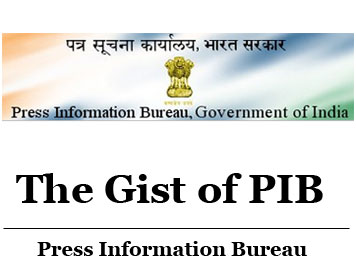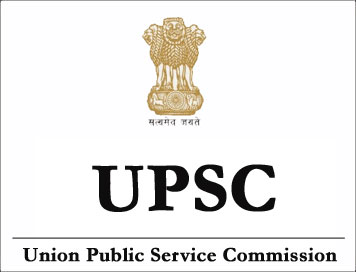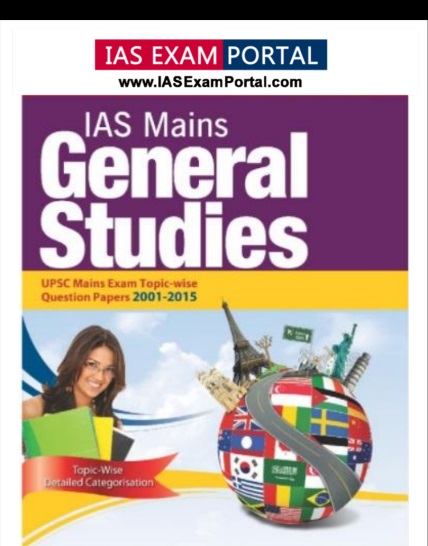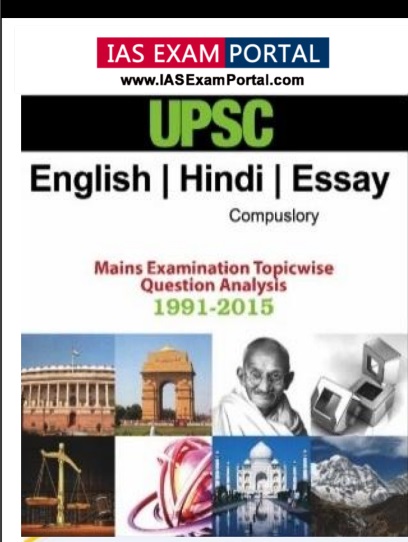
Sample Material of Current Public Administration Magazine
1.Accountability & Responsibility
-
Judiciary is Indian democracy’s only flicker of hope
When I recently spoke in Parliament about the need for an independent judiciary, I did it because we still look up to the courts with great hope. Even when other powerful institutions appear to be faltering and floundering, people continue to have faith in the judiciary as the last post of justice.
During the winter session of Parliament, I spoke specifically about the challenges to the independence of the judiciary. The twin dangers that would inflict irreparable damage to the judiciary, I said, are the lack of diversity and the secrecy around the appointment of judges. The collegium has indeed found brilliant judges but the system needs an overhaul.
While it is true that senior judges with integrity, erudition and vision will certainly find suitable people who can occupy the high seats of justice, the selection process is fraught with inherent dangers. An executive that believes in excessive power will always find it expedient to have an individual-centric rather than system-centric apparatus. It is no surprise, therefore, that the former CJI RanjanGogoi made it clear in his memoirs that he wanted to avoid any confrontation with the Centre.
We have seen such tendencies play out in front of our eyes – of the most senior judges appearing to yield to the Centre. It is imperative that we need to draw up a system that emulates the best practices from elsewhere. The executive, legislature, judiciary, the bar, the public must be represented in the judicial appointments commission. The general public should have a crystal-clear view of the people who are going to be the judges of our top courts. The resultant transparency will ward off growing suspicion over judicial appointments.
2. Indian Government and Politics
-
It is dangerous to ignore Haridwar hate speech
The recent assembly of so-called sadhus at Haridwar in Uttarakhand has called for the mass murder of Muslims. The videos of the vitriolic, hate speeches have now been in circulation for a few days, and have been analysed by the media in some measure. Yet, with Covid surging and election news dominating headlines, this latest avalanche of hate speech has already begun to drop off the front pages of newspapers. We neglect this new low at our peril.
A little over 50 years ago, in May 1970, Lok Sabha witnessed a gloves-off contest between two ideas of India, one represented by the poet and rising star of the then Jana Sangh, Atal Bihari Vajpayee, and the other represented by Prime Minister Indira Gandhi. During the discussion on communal disturbances in the country, Vajpayee declared “We should understand two things. Whatever the reason, our Muslim friends are becoming more communal (sampradayavadi) and in reaction Hindus are becoming more angry (ugra). For 700-800 years we have had a tradition (parampara) of accepting violence.” Coming in the wake of the horrific riots in Allahabad, Ranchi, Bhiwandi, Jalgaon, Jabalpur, Vajpayee’s speech flew in the face of evidence that Hindus would not, as he claimed, “start the violence”. Indira Gandhi, who usually let speeches be given uninterrupted, intervened to let Vajpayee know that he was saying things that would “deeply hurt all minorities” and that his speech would “create a bad atmosphere in the country.” In response, Vajpayee asked her to “resign and get out” and accused her of heading a minority government.
3. Law and Order Administration
With the Kashmir Valley continuing to remain, sporadically, on the boil, and with violence re-emerging in the Northeast, the public and political discourse on the Armed Forces (Special Powers) Act (AFSPA) has taken on unusual stridency. But a debate which is swayed by emotion, prejudice or cultivated ignorance, instead of resting upon a bedrock of facts and realities, becomes an exercise in mere sophistry.
Before embarking on a re-examination of the AFSPA, a word about the Indian soldier is necessary. The soldier is a citizen with equal obligations and the same rights as any other Indian citizen; she/he is neither a “slave” of the state, nor is she/he a “dummy” to be manipulated by the exigencies of politics or populism. However, as long as a soldier wears the uniform, she/he voluntarily denudes herself/himself of three fundamental rights granted by Article 19 of the Constitution — the right of free association, the right of political activity and the right to communicate with the press and media. Further, a soldier voluntarily places her/himself under the statutory rigours of military discipline (under the Army/Navy/Air Force Acts) and swears an oath to obey all “lawful commands” of her/his military superiors “unto the peril of death”.
Next, the armed forces are the servants of the Indian state and its ultimate resort. They are duty-bound to do all that is necessary for the “safety, honour and welfare” of our nation and to this end, faithfully and efficiently execute all lawful commands, directions and policies of the government with fidelity and to the utmost of their ability. Reciprocally, it is the bounden duty of the state (i.e., the legislature, judiciary and the executive) to provide the armed forces the means and wherewithal essential to perform the responsibilities and tasks assigned to them.
4. Current Topic
-
Legal MSP: A right and a necessity
Farmer unions suspended their year-long agitation after the government repealed the three farm laws and later reached an agreement on other demands, including forming a committee to look into the issue of a legal guarantee for minimum support prices (MSP). This demand has become the subject of much debate since the start of the farmer agitation, centred around its economic and legal feasibility. Economists have put forth many arguments, but most are not supported by data or sound economic logic. Ashok Gulati and Shweta Saini wrote thatRs 5.4 lakh crore will be required to purchase just 10 per cent of the output of 23 MSP crops, excluding sugarcane. Nothing could be farther from the truth.
Let’s frame what the demand actually is. It has two parts: First, MSP should be based on the comprehensive cost of production C2, as determined by the Commission for Agricultural Costs and Prices (CACP) plus 50 per cent as recommended by Swaminathan Commission. Second, the 23 crops for which MSP is currently announced by the government should be legally purchased at or above the MSP price by anyone who “willingly enters” the market. The MSP of a crop should be treated as a “reserve price”, below which no trade should be allowed legally. Farmers are not demanding that the government or a trader be “forced to buy all the market surplus” at MSP. Irrespective of the quantity of a crop they are willing to buy, they must not buy it below the declared MSP. It’s also understood that the government would keep on buying quantities required under the Food Security Act and for meeting the buffer norms for foodgrains.
5. Indian Administration
-
An opportunity for Digital India
India is pioneering the concept of digital public goods that enhance the ease, transparency and speed with which individuals, markets and governments interact with each other. Built on the foundation of Aadhaar and India Stack, modular applications, big and small, are transforming the way we make payments, withdraw our PF, get our passport and driving licence and check land records, to name just a few activities. Children have access to QR-coded textbooks across state boards and languages, the economically disadvantaged have access to the public distribution system and beneficiaries of government schemes have money transferred directly into their bank accounts.
There is an opportunity for India to embark on digital diplomacy — to take its made-in-India digital public goods to hundreds of emerging economies across the world. This could be a strategic and effective counter to China’s Belt and Road Initiative.
To begin with, the code is highly reusable. The cost of setting up an open source-based high school online educational infrastructure, to supplement the physical infrastructure, for an entire country is less than laying two kilometres of high-quality road. The investments required for transporting digital public goods are minuscule in comparison and there is no chance of a debt trap.








